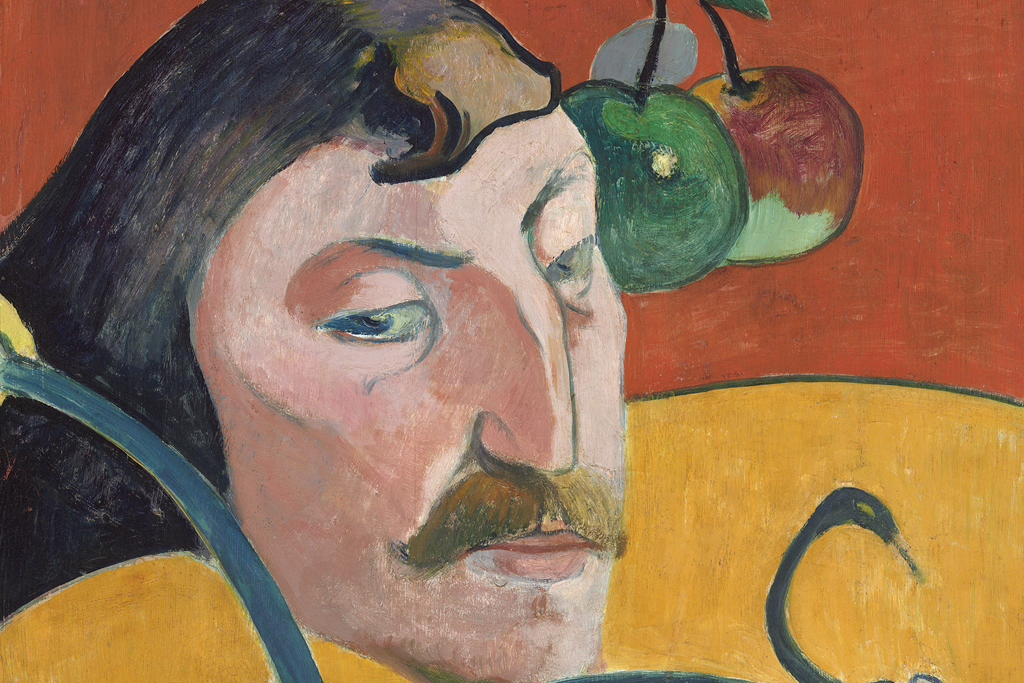Classical educators endeavor to lead students to think and learn for themselves by instructing them in the essential tools of learning. Through Socratic discussion and layers of questioning, teachers prime students for the type of inquiry that ultimately allows students to discover for themselves and make decisions that align with what is good and beautiful.
As an art teacher, I feel a particular calling to contribute to this mission in the art classroom. I believe one of my essential roles is to teach students how to observe closely and think critically as tools for distinguishing what is good and beautiful in their lives and aligning their habits and life choices to these ideals. In art, observation is an activity of hypersensitive exploration where things are noticed and found out. As things are recognized, students use their experience and knowledge to systematically categorize and filter types of information, recall previous knowledge, make connections, and propose new theories.
To really observe art, Marc Chagall suggests that “Art needs a withinness.” Therefore, Chagall proposes that looking at art requires a conscious and focused multi-sensual investigation, achieved by an unbiased, open mind.
This week, my seventh-grade students practiced “withinness” to learn more about Paul Gauguin through observing one of his self-portraits. Instead of beginning by telling my students facts about Paul Gauguin, I had them engage in this perceptual creative exercise to discover Gauguin for themselves.
First, I invited students to observe closely and record the details they saw in the portrait like a scientist. They noted:

- A face in three-quarters view, the eyes side eyeing the viewer
- Two apples hanging by a branch, extending out of view
- A small snake held by the man with his pointer and middle fingers
- A fire red background
- A golden halo floating above the man’s head
Second, I asked students why an artist might include these elements in a self-portrait. The goal was for them to recognize the banal familiarity of the portrait and objects. At the same time, I wanted the students to discover how these ordinary objects provide information that is unique and meaningful.
Third, I asked my students what these objects could mean/symbolize? I invited them to look with an impartial eye trying to see beyond what an object stands for at face value and consider what it could be. Working together under this model, my students proposed that:
- Gauguin is suspicious, worrying less about the small snake he grasps tightly than the viewer’s interpretation of the artwork or his opinion of Paul Gauguin.
- The apples are sweet, dangling as if a temptation, possibly withholding the power of being all-knowing like the tree of knowledge of good and evil in the Bible.
- Red is a color of royalty or power. Red could also be the color of fire, possibly associated with the fires of hell.
- Snakes are animals associated with cleverness, sneakiness, evil and corruption.
- People adorned with a halo are good people, regarded as holy or someone who has reached a state of perfection. These holy people are often looked up to and sometimes emulated.
Finally, thinking about the correlation between these apparently unrelated elements, students proposed that Paul Gauguin:
- as a person was good and wise and, therefore, could recognize and control temptation by using his wisdom to choose what is good or was self-conceited and thought he was “better” than others who were susceptible to worldly temptations.
- as an artist believed that he produced a “higher” or more perfect method of making art focused on shape and form as contrasted with his predecessors, the Impressionists, who were “tempted” by the sweet, yet fleeting or limiting qualities of how light affects objects.
As we learned more about Paul Gauguin during the following classes, students were pleasantly surprised by the accuracy of their archaeological pursuits and the fun of “withinness.”

